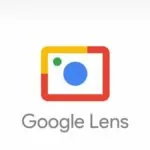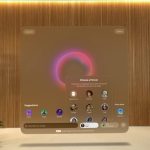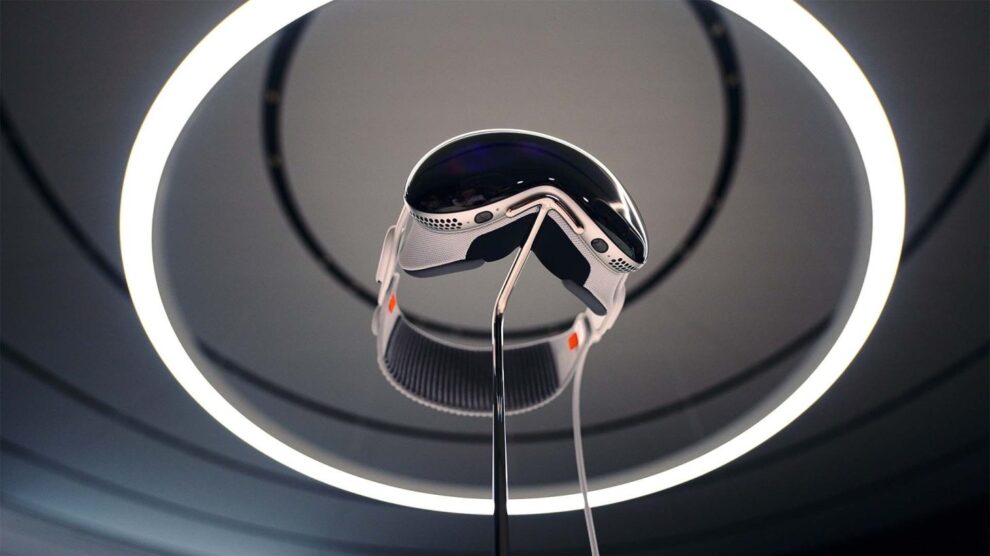The virtual and augmented reality headset market is heating up with major new offerings on the horizon from Apple and Meta. Apple Vision Pro and Meta’s Quest 3 aim to capture the imaginations of consumers through revolutionary immersive experiences.
But how exactly do these highly anticipated next-gen headsets compare in terms of specs, features, and overall technical sophistication? Let’s dive deep into the key battlegrounds that will determine if Apple or Meta rules the future of XR.
Display: Apple’s Visual Fidelity Leads the Way
A headset lives and dies by the realism of its displays – this represents one of Apple’s biggest advantages.
The Vision Pro boasts dual 4K OLED micro displays, one for each eye, adding up to over 3,000 pixels per inch. This visual fidelity far surpasses Meta’s dual LCD setup in the Quest 3 providing noticeably sharper image quality.
Apple is leveraging in-house display expertise honed through iPhone and Apple Watch to push resolutions higher. The Vision Pro’s industrial design also surfaces the displays’ full potential thanks to pancake lenses providing a 120-degree field of view optimally aligned to human vision.
By contrast, the Quest 3 is rumored to peak at 2160 x 2160 pixels per eye. And its lenses constrain the field of view to just 100 degrees.
For customers seeking maximum immersion, the Vision Pro’s superior display sharpness and field of view already make it a more compelling purchase prospect sight unseen.
Performance: Apple’s Custom Silicon Could Dominate
Raw horsepower represents another potential advantage for Apple based on expectations their Vision Pro will utilize Apple Silicon, starting with an M2 chip.
Meta’s Quest 3 is confirmed to run on Qualcomm’s new Snapdragon XR2+ platform, an incremental upgrade over existing Quest 2 silicon. While capable, it cannot rival Apple’s vertical integration optimizing hardware and software in perfect sync.
The M2 would give Apple up to a 2-year lead in chip fabrication techniques given Qualcomm relies on the 4nm process, while Apple leaps ahead to cutting-edge 3nm transistors.
This allows significantly greater power efficiency to drive the Vision Pro’s visually intensive experiences. Apple also has an uncanny talent for eking out performance gains using proprietary optimizations inaccessible to rivals utilizing off-the-shelf mobile chips.
Apple Silicon propelled iPhone leagues ahead of Android in benchmarks. The same scenario may repeat in XR headsets once the Vision Pro lands.
Tracking and Input: Key Areas to Watch
Both Apple and Meta are pushing the boundaries of how users interact with XR environments. But Apple may still come out ahead in some key areas.
Eye Tracking
The Vision Pro incorporates iris scanning cameras for advanced eye tracking, enabling UI navigation based on gaze direction. Meta’s eye tracking remains comparatively rudimentary.
Hand Tracking
Meta leads for now with robust manual hand tracking in the Quest 2. But Apple has filed patents for detecting finger movements and poses that could match Meta’s capabilities.
Mixed Reality
Here Apple has a definitive edge by using lidar and SLAM to map real-world environments for persistent overlays. The Quest 3 offers no mixed reality function.
For input mechanisms beyond the standard controllers, Apple appears poised to reach parity if not exceed Meta’s innovations that currently have more maturity given their early Quest head start.
Privacy and Security
Apple prides itself on ironclad data privacy and encryption. But Meta’s cloud dependency for social integration may open Quest users to data exposures Apple avoids.
The Vision Pro processes experiences locally on the headset itself rather than relaying usage data back to Apple servers like Meta’s ecosystem requires. This allows Apple to gain sole user trust on privacy grounds.
Apple’s avoidance of targeted ads also reduces data surveillance compared to Meta’s ad-driven business model. When users already distrust Meta over data handling, Apple’s reputation and design decisions provide reassurance.
For customer segments like enterprises, Apple’s security-first mentality gives their Vision Pro headsets an advantage for sensitive applications. Medicine and engineering use cases demand watertight data protections Apple is well-positioned to deliver.
Price and Commercial Strategy
While the Vision Pro leads in multiple technical capacities, Meta retains one monumental advantage – vastly greater accessibility thanks to commoditized pricing.
Industry estimates peg the Vision Pro’s launch price as high as $3000. Meta will likely stick to the Quest 2’s $399 entry point for the Quest 3.
This immense disparity means Meta’s strategy revolves around seeding the market to build their ecosystem. Apple envisions a profit-driven, but niche headset model for now.
Of course, Apple may subsidize costs later by interlinking the Vision Pro with content and service subscriptions over time. But out the gate, Meta will target wide consumer adoption in a way Apple never will.
It remains to be seen which strategy bears more fruit commercially. But Meta’s mainstream focus contrasts starkly with Apple luxury headset positioning.
The Verdict: Apple’s Technology Against Meta’s Market Share
Based on these key comparisons, a nuanced picture emerges. Apple is primed to deliver a technologically superior device, but risks marketing it solely as an elite accessory rather than a category leader.
Spec-for-spec and feature-by-feature, the Vision Pro looks poised to outpace the Quest 3 as the most sophisticated and immersive XR headset ever marketed to consumers based on educated deductions.
But Apple must still prove it understands the importance of developer partnerships and content ecosystems needed to make the Vision Pro a must-have rather than just a luxury novelty.
Meanwhile, Meta can leverage its massive installed base and social nature to bring VR/AR to the masses, even if the Quest 3 itself remains a compromise on hardware capabilities.
This means the ultimate visionary of the next spatial computing wave comes down to priorities – Apple’s technical perfectionism or Meta’s mainstream momentum. Regardless, consumers will benefit enormously from this accelerating innovation cycle.
Both Apple and Meta have a monumental window of opportunity to shape the way we connect, create, and compute alongside each other in virtual worlds blended into reality. The battle begins in earnest once these headsets reach store shelves for a historic holiday sales showdown that kicks off the true XR revolution. Which vision of the future will you embrace?
Apple Vision Pro vs Meta Quest 3: Frequently Asked Questions
Which headset has the most advanced display?
The Apple Vision Pro, with its higher 4K resolution per eye, HDR support, and expansive 120-degree field of view.
How much more expensive will Apple’s headset be?
Likely starting around $3000 versus the Quest 3’s expected $400-500 range. Apple is pricing the Vision Pro as a luxury device initially.
When will the headsets be available?
Rumors point to a late 2023 release for both headsets in time for the holiday shopping season. Exact dates remain unconfirmed.
Does the Vision Pro offer full AR as well as VR?
Yes, its lidar and cameras enable mixed reality overlays of digital objects into real-world settings. The Quest 3 is VR only.
Which has better app and game support?
For now, the Meta Quest 3, since Meta has established a mature VR development environment. But Apple hopes to leverage iOS developer familiarity.
Which offers more advanced hand tracking capabilities?
The Meta Quest 3 is expected to have more robust manual hand tracking. Apple may catch up utilizing its expertise in motion sensors.
Will either device support the Metaverse?
Both headsets will connect to some notion of the Metaverse. Meta obviously aligns with their own Horizon World, while Apple will make WebXR experiences accessible.
How important is each release for the companies?
Extremely important – both Apple and Meta are staking their XR future on successfully debuting their next-generation headsets and overcoming stiff competition.
The battle in spatial computing between Apple and Meta remains complex, but consumers stand to benefit tremendously from the innovations this competition drives across the still nascent VR/AR industry. The future is here, from both perspectives.










Add Comment